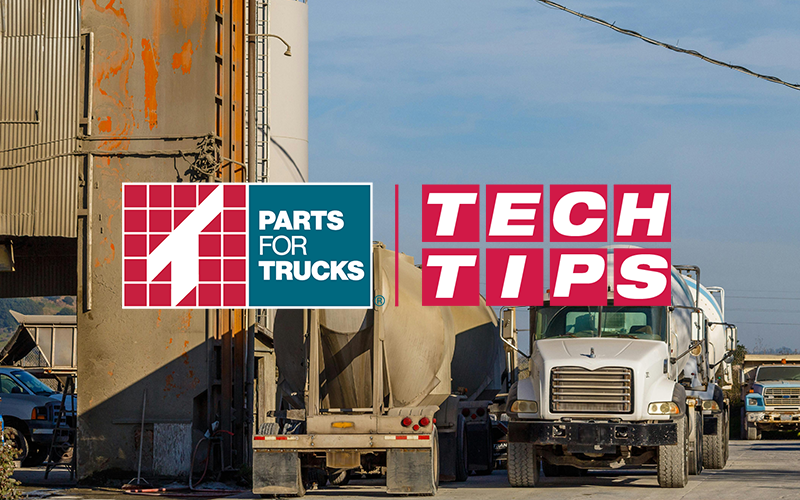Understanding the coding of Anti-lock Braking Systems (ABS) is crucial in the realm of commercial vehicles. Ever wondered about the “S” and “M” in a designation like 2S/1M? This exploration unravels these codes, explaining the basics of systems like 25/1M and the advanced 4S/2M for trailers. Discover the differences between tractor and trailer ABS setups and gain insights into sensor and valve placement considerations. Whether you’re a seasoned professional or keen to enhance your knowledge of vehicle safety systems, this concise exploration provides valuable insights into the diverse world of ABS configurations and their applications.
What do the “S” and “M” stand for when used to describe an ABS System as 2S/1M?
The “S” is a convention used to denote the sensors in an ABS system, while the “M” refers to the modulator valves. Describing an ABS system as S2/1M simply means that it uses two sensors and one modulator valve. The basic 25/1M system is used to monitor two sensors attached to each wheel end of one axle, which is controlled by one modular valve that receives instructions from an electronic brain called an ECU
Why would you use a 4S/2M system on a trailer instead of the basic 2S/1M system?
The configuration of an ABS system typically depends upon the intended use of the trailer unit. While the 2S/1M system meets the minimum legal requirements, geographic road conditions can make a 4S/2M system more logical by offering added control of two axles independently or side-by-side control of the trailer. Pull-type trailers require 4S/2M systems.
What makes tractor and trailer ABS systems different?
Many modern tractor ABS systems use 4S/4M systems, and others can be 6S, depending upon the number of sensors used and the number of axles present on the tractor unit. Trailers, on the other hand, typically use a 2S/1M system with sensors present on only one axle.
How does a trailer ABS system function with two tanks?
Historically, two tanks have been used on trailers to protect pressures and ensure that the braking system would have charged air. However, due to the modern 8x air volume requirement, a single jumbo tank could be used. The use of two tanks is still typically used in applications where there are tight spaces, or a number of auxiliary devices are used.
On which axle should you install your ABS sensors?
ABS sensor location ultimately depends upon whether the trailer is equipped with spring or air suspension. Typically, with spring suspension, sensors should be installed in the axle furthest forward on the trailer, while with air suspension, sensors should be installed to the rear axle in double-axle units and the middle axle of triple-axle units. The general principle is to attach the sensors to the axle, or wheel ends, that are most likely to lock up during a hard braking event.
On which tank should you install your ABS valve?
As a general rule, valves should be installed centrally on a trailer – the tank that is closer to the center of the trailer in terms of the length of plumbing lines should receive the valve. The reason for this is simply to ensure proper braking timing and balance.
Understanding Anti-lock Braking Systems (ABS) is crucial for commercial vehicle safety and efficiency. This concise exploration serves as a valuable guide for industry professionals, enhancing their understanding of ABS configurations and applications in the dynamic landscape of commercial vehicle technology.

